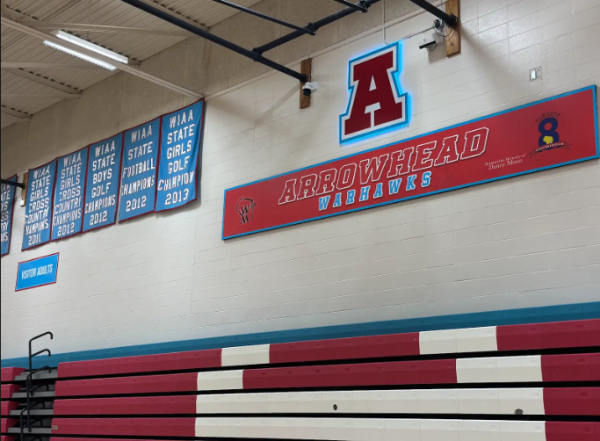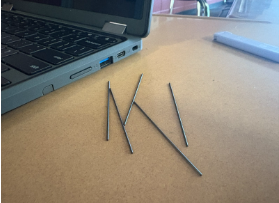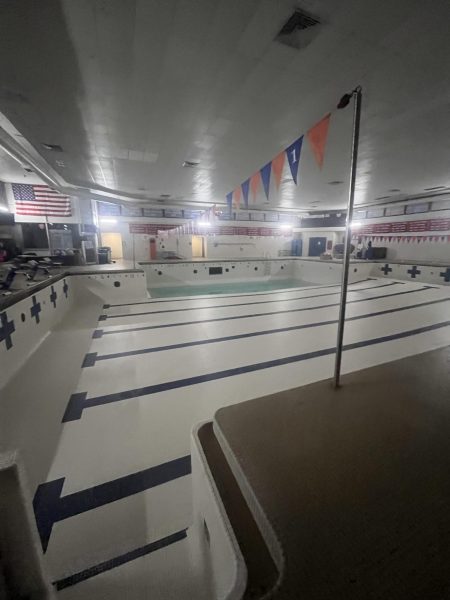Marketing Classes to Taste Testing in Cafeteria
The Marketing Class at Arrowhead’s North Campus held an off brand versus main brand taste testing. The stations were set up in the cafeteria during the lunch periods on November 30th.
Stella Peterson, a junior, said, “I thought it was cool and I liked it.”
The tables were set up with different cups containing an off brand and the main brand food items. Students were able to try the different brands and guess which one was the off brand. There were brands such as Graham Crackers and their off brand.
“I grabbed a few cups, there was one of each and then I marked which one you think is the off brand one. There was a questionnaire and you pick which one is better and which is the better one. They told you which was the off brand one after you tried it,” Bella Samz, a senior, said.
According to Stella, Bella, and Steve Melzer, the marketing and business teacher at Arrowhead, the purpose of the activity was to determine the preferences of consumers generic versus national brands.It was helpful for the class to be able to set up and follow through with the activity during the lunch periods because of the large number of people that would be willing to try and get the class more data.
Samz said, “It was interesting to see how some of the products were. They looked and tasted alike. It was a great addition to my lunch.”
According to Melzer, some brands students chose from were Lays Potato chips, Cheez-its, Chips Ahoy, Swedish Fish, Pop Tarts, Mott’s fruit snacks, Doritos, Pringles, and Mt. Dew.
“All my Marketing and Business classes have been doing this project now for at least 15 years.he purpose of taste testing is to determine the preferences of consumers generic vs national brands,” Melzer said.
According to the document from Melzer, students were told to write a description or include information about the price, slogan, taste, target market, marketing platform, other information such as logos, nutritional value, and to include a picture of the product.
Melzer said, “It is an important part of marketing research and can be used to inform decisions about brand positioning, product development, and pricing. Plus, a great way for students to gain social and talking skills.”








